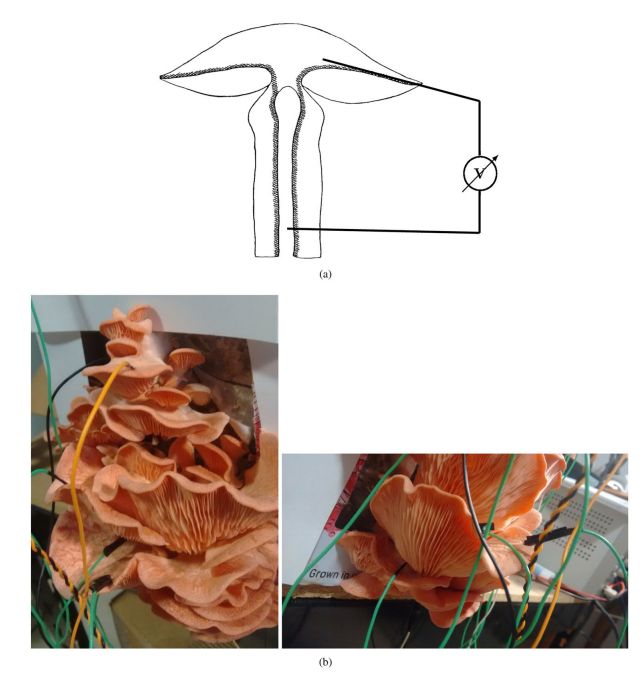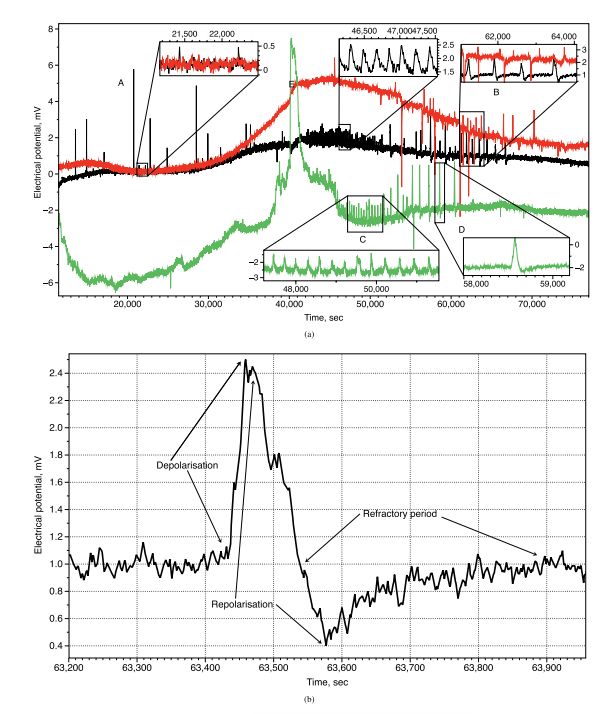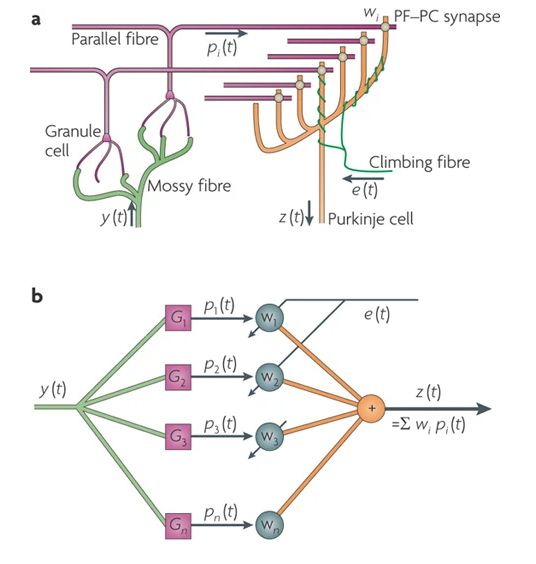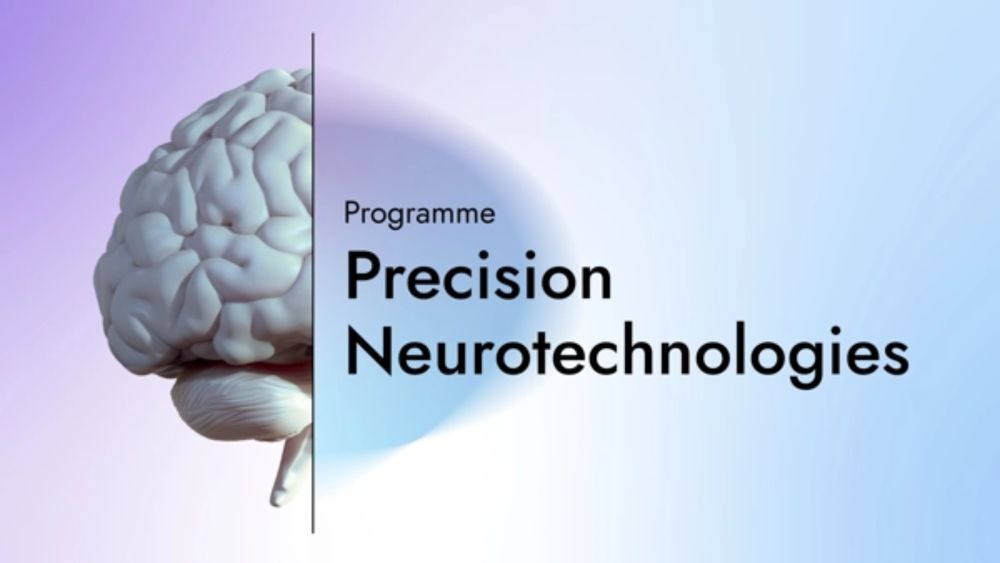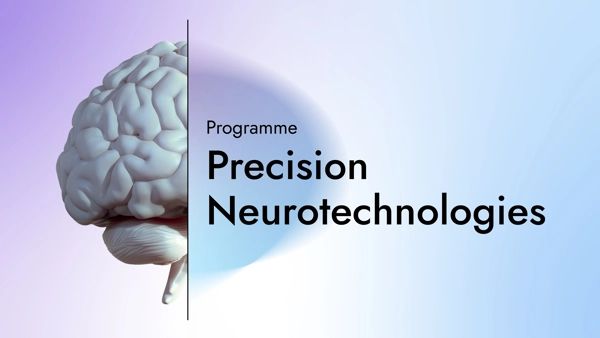Jacques Carolan
@jacquescarolan.bsky.social
140 followers
120 following
29 posts
Applied Physicist & Neuroscientist || Current: Programme Director @ ARIA || Previous: Neuroscience @ UCL & Quantum Computing @ MIT || He/Him
https://www.aria.org.uk
https://jacquescarolan.github.io
Posts
Media
Videos
Starter Packs
Pinned
Reposted by Jacques Carolan
















